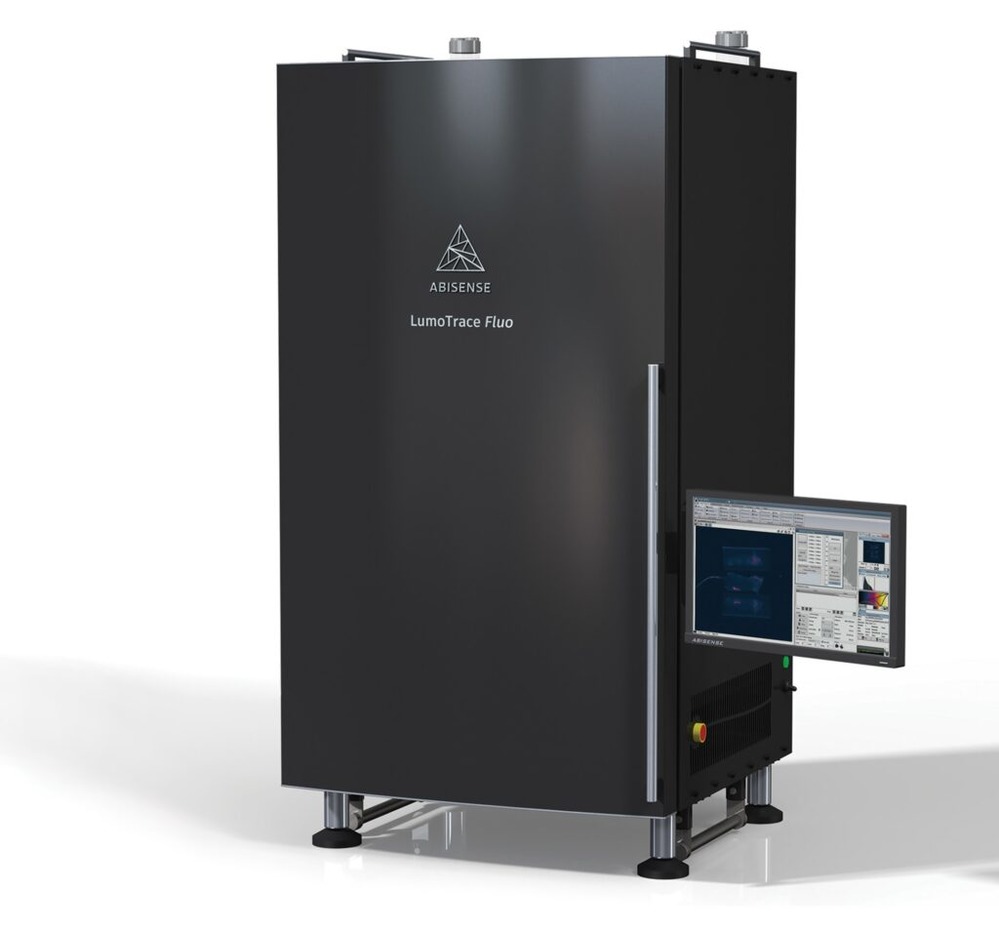Catalog
Search
44 products
View:
- Selected: 0Areas of use
- Selected: 0Item names
- Selected: 0Manufacturer
- Selected: 0Made in
- Selected: 1Additional
View:
44 products
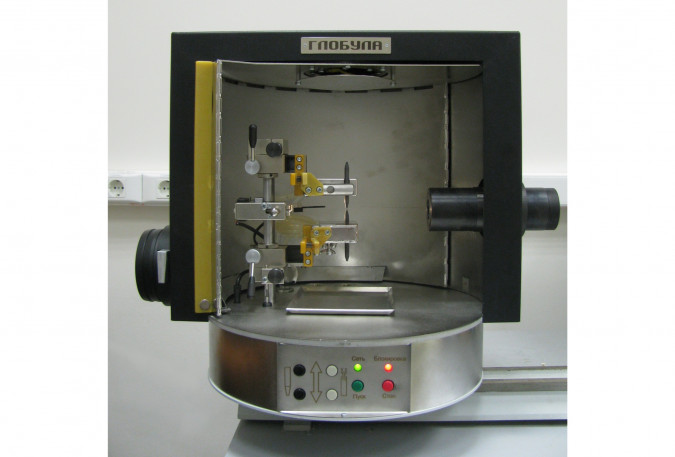
Spectroanalytical tripod "Globula"
The video camera and servos of the electrode holders built into the tripod are designed to automatically maintain the interelectrode gap during the evaporation of the sample by computer analysis in real time of the image of the arc discharge, as well as the initial setting of this gap relative to the optical axis. The electrode holders are cooled with water using a closed-cycle cooling unit.
VMK OPTOELEKTRONIKA
Novosibirsk
Produced in: Novosibirsk
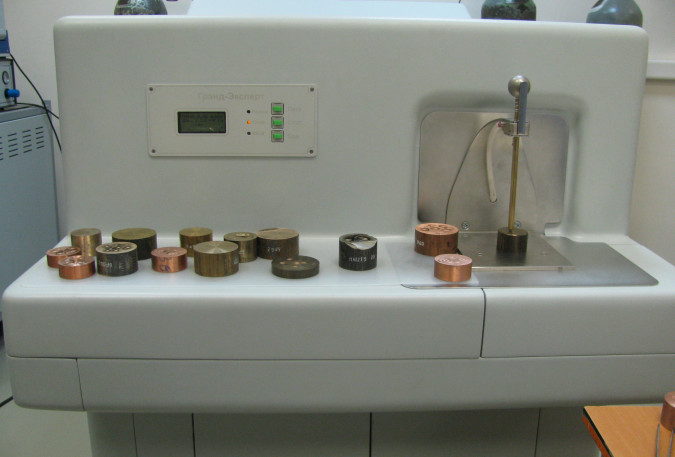
Complex for atomic emission analysis of metals and alloys "Grand Expert"
VMK OPTOELEKTRONIKA
Novosibirsk
Produced in: Novosibirsk
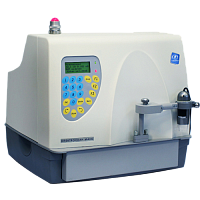
MAX-GF1(2)E-C Spectrometer
The X-ray fluorescence spectrometer SPECTROSCAN MAX-GF1(2)E-C combines two methods of detecting an analytical signal: diffraction on a crystal (wave dispersion - WDX) and energy dispersion (EDX) method, as well as sample delivery adapted for the analysis of large-size images. The collimation of the primary radiation of the X-ray tube and the special design of the sample presentation make it possible to analyze the sample over an area of 1 cm2 in 1 mm increments, and thus investigate the distribution of elements over an area.
The spectrometer is designed to determine the contents of elements in the range from Ca to U in substances in solid, powdery, dissolved states, as well as deposited on the surface or deposited on filters. With the help of fixed energy dispersion channels, any one or two additional elements in the range from magnesium (Mg) to calcium (Ca) can be determined.
With the help of this modification of the spectrometer, forensic and customs examinations, judicial and forensic medical examinations, as well as art-historical examinations are carried out.
NPO Spektron
Saint Petersburg
Produced in: Saint Petersburg
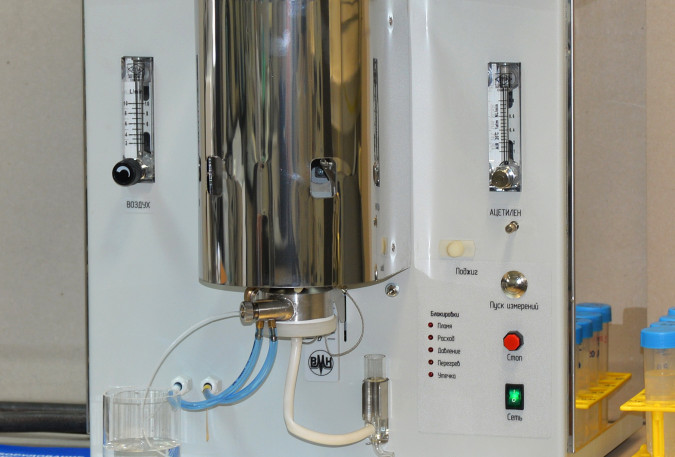
Flame spectrometer "Peacock"
The flame spectrometer is designed for rapid determination of a wide range of concentrations (up to 8 orders of magnitude) of sodium, lithium, potassium, calcium, barium, caesium, rubidium in technological solutions. The excitation of atoms occurs in an air-acetylene flame.
The device consists of a three-slit burner with flame control, a pneumatic sprayer, a spray chamber, an optical radiation input system into the "Hummingbird-2" spectrometer and an automatic air and acetylene supply system, with the possibility to control and adjust gas flow.
The use of a three-slit burner provides increased flame temperature over the central slit of the burner due to the external flame layers. This makes it possible to determine low concentrations of calcium and barium. At the same time, it remains the possibility to determine impurities in highly concentrated solutions without clogging the burner slots.
The lighting system of the spectrometer is mirror-lens, thanks to this, radiation collected from both sides of the burner is introduced into the polychromator.
VMK OPTOELEKTRONIKA
Novosibirsk
Produced in: Novosibirsk
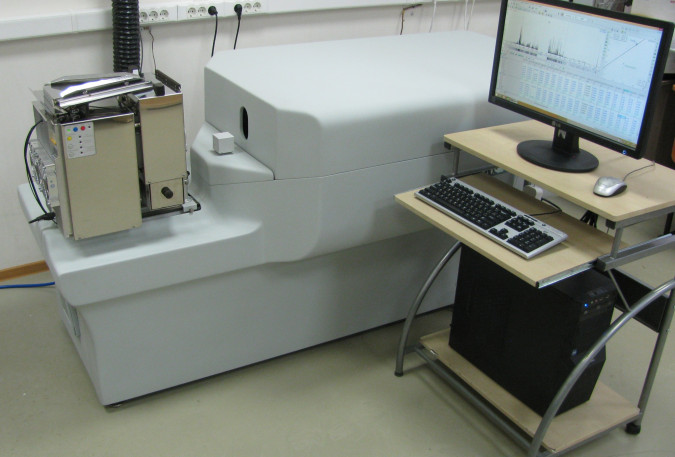
Atomic Emission Complex "Grand Stream"
Atomic Emission Complex "Grand Stream" is designed for rapid determination of the composition of powder samples of natural and industrial origin, includes a "Grand" spectrometer, a "Stream" installation and auxiliary equipment for sample preparation.
VMK OPTOELEKTRONIKA
Novosibirsk
Produced in: Novosibirsk
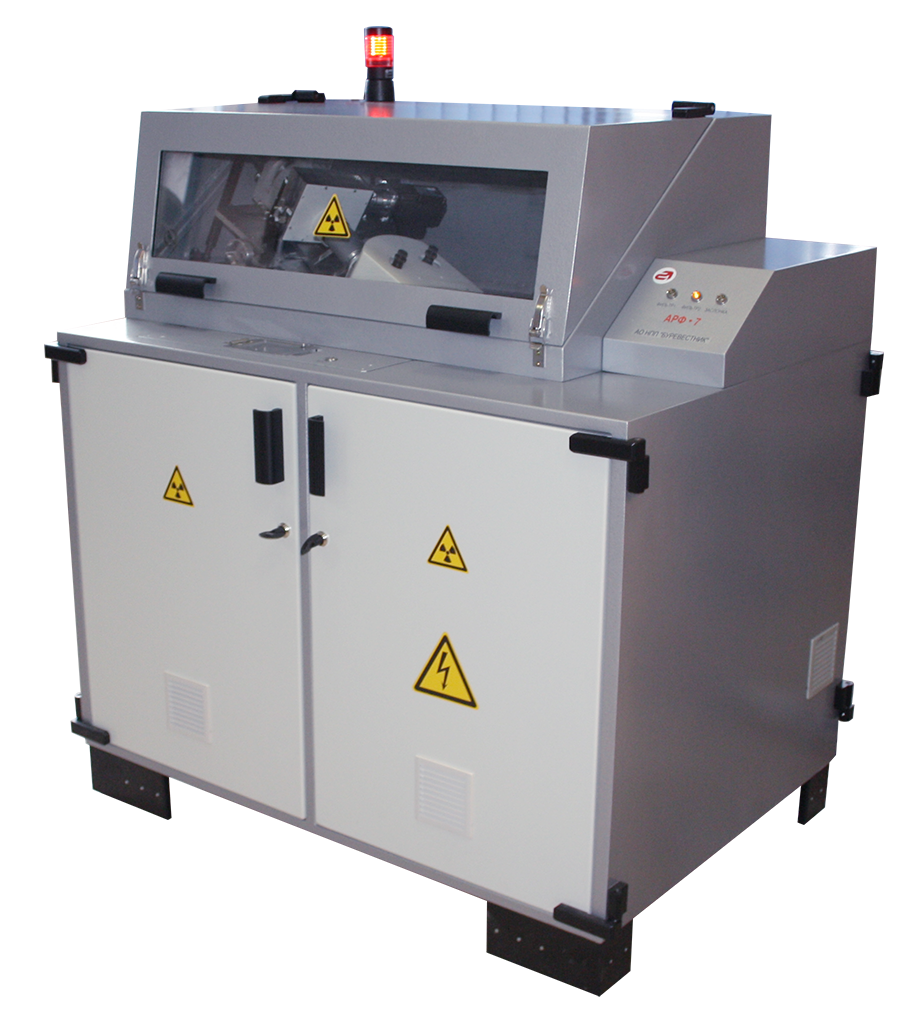
Specialized X-ray wavelength dispersive analyzer ARF-7
Specialized wavelength-dispersive XRF analyzer based on the Cochois scheme is designed for high-precision determination of chemical elements U, Th, Mo, Au, W, Tl, As, Pb as well as other elements in ores, rocks and when developing the technogenic fields.
Possibility to determine groups of elements without readjustment of crystal-analyzer.
Exceptionally high resolution of the Koshua X-ray optical scheme with crystal-analyzer quartz 1011.
Developed mathematical support.
Principle of analyzer operation is based on the excitation of the fluorescent radiation of sample atoms being under examination by radiation coming from an X-ray tube. Spectrum decomposition of the fluorescence radiation is performed according to Cauchois method. The fluorescence radiation focused by analyzing crystal and standard line are marked on Rowland focal circle. Then, they are recorded by X-ray radiation detector in turn. The intensity of the fluorescent irradiation with a particular wavelength is directly proportional to the chemical element concentration in the material under examination.
Burevestnik
Kolomyagi
Produced in: Saint Petersburg
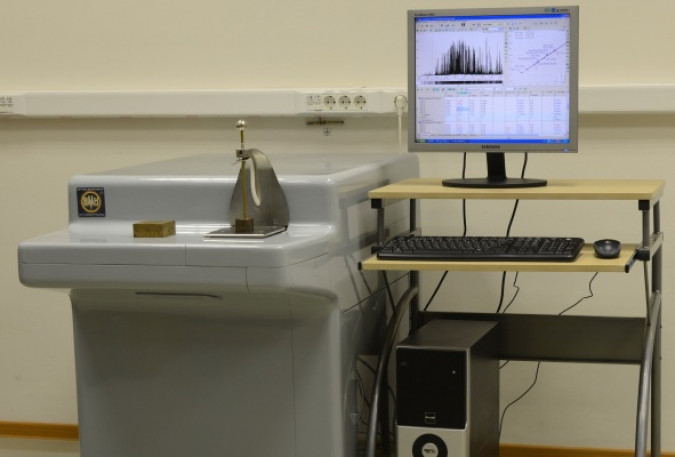
Vacuum Spectrometer Favorite
Vacuum spectrometers are designed for rapid analysis of alloys based on iron, copper, aluminum and other metals in factory and research laboratories, including the determination of elements having analytical lines in the field of vacuum ultraviolet (VUV) (for example, S, P and C in steels).
VMK OPTOELEKTRONIKA
Novosibirsk
Produced in: Novosibirsk
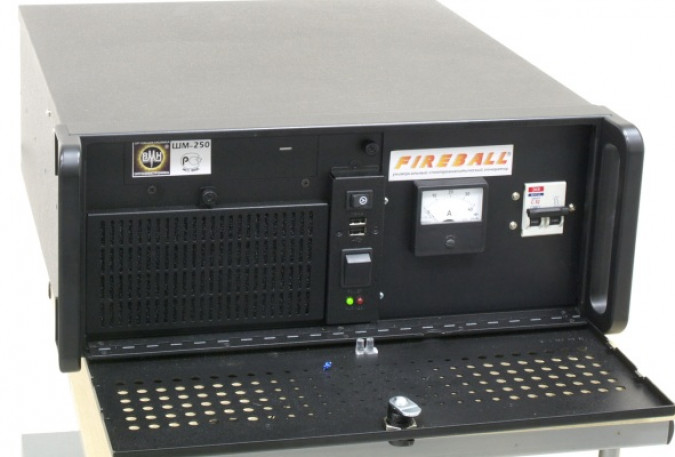
Spectroanalytical generator "Ball lightning"
The generator is designed to produce an electric arc and spark discharge in atomic emission spectral analysis installations. The generator is designed specifically for use in spectral analysis of samples of complex composition for simultaneous determination of impurity and alloying components in a wide range of concentrations.
VMK OPTOELEKTRONIKA
Novosibirsk
Produced in: Novosibirsk

Multichannel analyzer of atomic emission spectra of MAES
The MAES analyzer is a modern means of measuring the intensities of spectral lines and then calculating the concentrations of the elements to be determined.
VMK OPTOELEKTRONIKA
Novosibirsk
Produced in: Novosibirsk
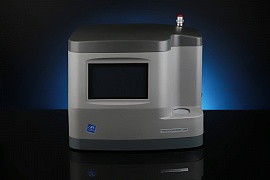
Spectrometer SPECTROSCAN MAX-GVM
The spectrometer is designed to determine the contents of elements in the range from Na to U in substances in solid, powdery, dissolved states, as well as deposited on the surface or deposited on filters.
The principle of operation of the X-ray spectrometer is based on irradiation of the sample with primary radiation from an X-ray tube, measurement of the intensity of secondary fluorescent radiation from the sample at wavelengths corresponding to the elements to be determined, and subsequent calculation of the mass fraction of these elements according to a pre-constructed calibration characteristic, which is the dependence of the content of the element to be determined on the measured intensity.
Secondary fluorescent radiation is decomposed into a spectrum using a crystal analyzer. Due to this, the X-ray fluorescence spectrometer has a high resolution, and therefore the ability to accurately analyze complex multicomponent substances.
NPO Spektron
Saint Petersburg
Produced in: Saint Petersburg
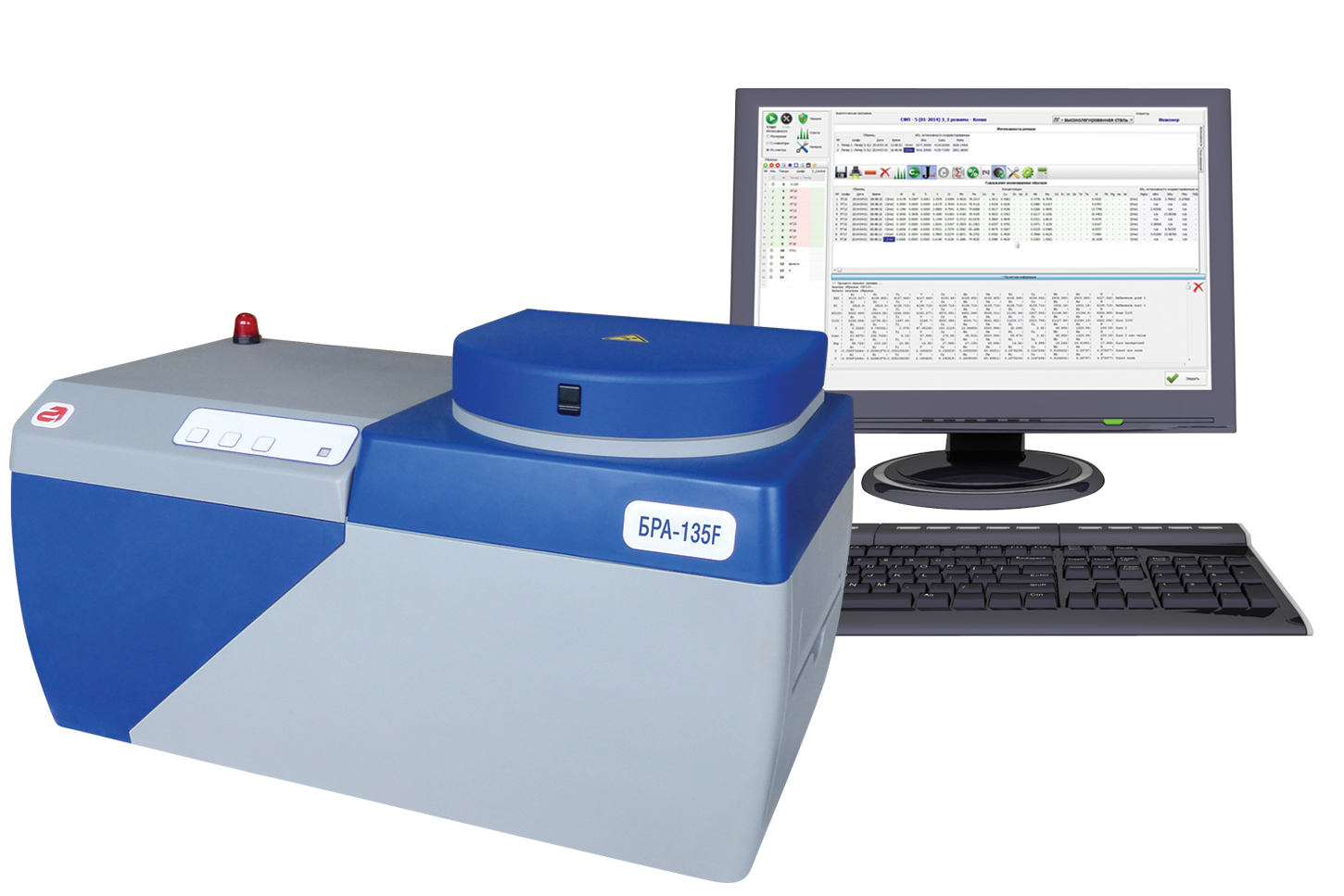
Universal energy dispersive X-ray fluorescence spectrometer BRA-135F
The XRF analyzer BRA-135F is an energy dispersive spectrometer which can simultaneously determine the presence of up to twenty chemical elements - from 9F to 92U - in the analyzed sample. Samples can be in liquid, solid, powdered or deposited on a substrate. The analyzer captures concentrations from tenths of mg/kg.
The model BRA-135F performs quantitative/semi-quantitative spectral analysis of steel and alloys. It also performs spectral analysis of oil, petroleum and other petroleum products, detecting in their composition even the smallest concentrations of impurities of various metals.
The vacuum sample chamber and ultra-slim detector inlet provides a low detection limit in the range of light elements from 9F to 17Cl.
The high-performance silicon drift detector (SDD) with an energy resolution of less than 135eV allows the separation of spectral lines of almost all elements, which makes the analysis of complex multicomponent substances (high-alloy steels, precision alloys, polymetallic ores, etc.) possible.
Burevestnik
Kolomyagi
Produced in: Saint Petersburg

MAES Analyzer for Scintillation
MAES analyzers for recording atomic emission spectra with a time resolution of 1 ms are based on highly sensitive photodiodes and a special switching board for simultaneous reading of several sections of the spectra. The assembly of the rulers is installed on the "Grand" spectrometer.
A " Flow" or twin-jet arc plasmatron is used to excite the atomic emission spectra of powder samples.
The ATOM software registers the selected spectral lines and provides their processing according to the specified algorithms, taking into account the number and brightness of flashes (i.e. particle size).
Recording the spectra of powder samples with a large time resolution makes it possible to estimate the number and size of individual particles, identify their composition and determine the concentrations of elements in each particle, promptly assess the uniformity of the distribution of certain elements to be determined and expand the possibilities of spectral analysis without significant changes in sample preparation.
Main application areas:
mass analysis of powder geological samples by scintillation to determine gold, silver, platinum group metals, iridium, rhodium, etc. with detection limits up to 0.01 g/t;
qualitative determination of the composition of inclusions and mineral particles.
VMK OPTOELEKTRONIKA
Novosibirsk
Produced in: Novosibirsk
